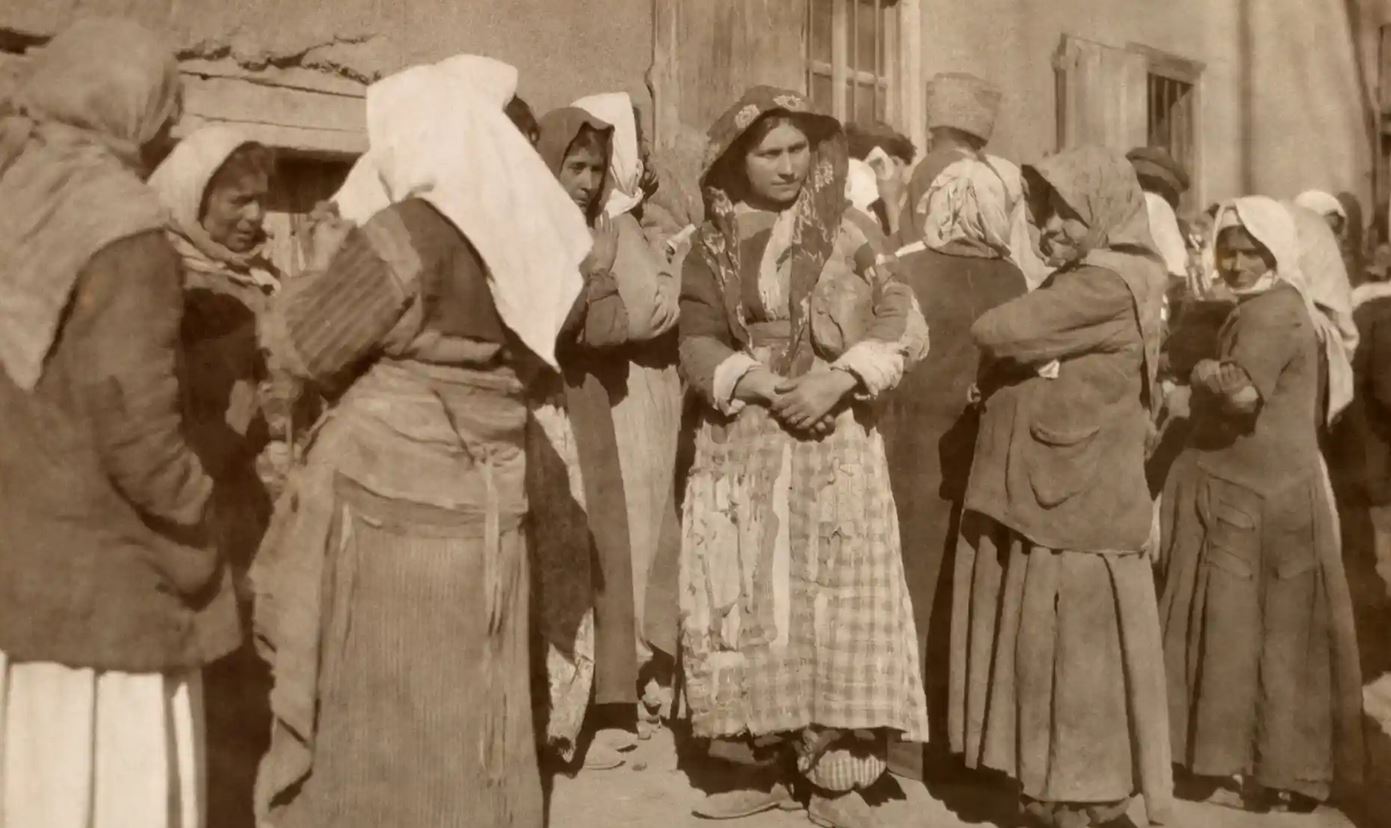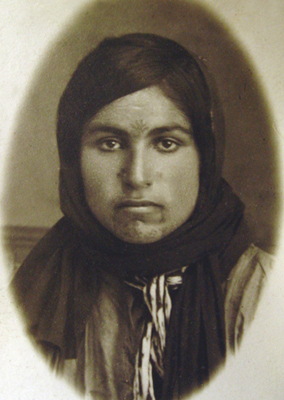Sexual Violence
“Every time there is war, there is rape” (MacKinnon 1994, p. 10)
As harsh as that sounds, it still holds truth. The Armenian Genocide is not an individual case where other conditions prevailed. Sexual violence is a very broad term and there are many ways in which women were sexually abused that went beyond raping them. I will, however, focus on the act of rape in particular since it was mentioned the most in the interviews. Undoubtedly, there is still a large knowledge gap on what rape actually means, how it can be categorized and what kind of consequences can follow because of it. I do not claim to answer this now but would like to give a general description of the term and offer insights into some theoretical approaches.
Rape in general can be described as an “extreme act of violence which uses sexual means” (Seifert 1993, p. 2). Additionally, there is the concept of “mass rape” which is a military strategy of widespread, systematic rape perpetrated intentionally against civilians (Reid-Cunningham 2008, p. 279). During the Armenian Genocide it was not only one Turkish officer raping one Armenian woman. On the contrary, the most beautiful women were “distributed among the Turkish officials and civil servants” (Derderian 2005, p. 8). Contrary to common belief, rape does not only act as a way to satisfy sexual need but rather serves the purpose of articulating inner “anger, violence and domination over [a] woman” (Seifert 1993, p. 3). Nevertheless, during this research it became very clear that even the scientific world is unsure about the motives and to what degree they are connected to the actual sexual desire of people. This is the reason why I would refrain from generalizing this when it comes to rape in non-war related situations. Generally speaking, raping the enemies‘ women is an accepted practice of war. During those times, the idea of gaining control over the other ethnic group and holding power over the female gender predominates the simple need to satisfy a sexual desire (Reid-Cunningham 2008, p. 280). Furthermore, the motives are often different depending on the society we are looking at. There is a correlation of the society structure and the number of rape cases. Rape does not have the same intention or function in every society but rather has different backgrounds depending on the cultural context (Seifert 1993, p. 4). Consequently, a lot of rape cases exist in societies where women are often disrespected and have lower class positions (Seifert 1993, p. 4).
Patriarchy and misogyny [3] are prominent factors that can lead to rape during genocide. If there are “high levels of violence against women” already apparent in the society, often times that is going to be an act practiced during genocide as well (Reid-Cunningham 2008, p. 283). Of course, there are also rigid gender roles and the idea of masculinity that is shaped by “dominance and ownership towards women” which promote rape (Reid-Cunningham 2008, p. 284). After all, it was not the missing brothels or prostitutes that triggered Turkish soldiers to rape Armenian women during that time, but much rather it was a way to prove power. It was a way to humiliate the enemy who were not able to protect their women (Seifert 1993, p. 6). Rape was often perpetrated in front of family members or in public in order to break the will of the affected group and additionally alienate the Armenian woman from her family (Derderian 2005, p. 8). Because of this, they had no way to hide it afterwards which “maximized [the] damage to the [Armenian] population” (Reid-Cunningham 2008, p. 291). Since men were drafted and killed beforehand women were left on their own which made them more vulnerable to sexual assault (Derderian 2005, p. 3). During the time of deportation, the gendarmes [4] took advantage of the teir defenseless situation and raped them in caravans at night when they often did not see it coming (Miller 1993 S. 96). Some even made a profit by selling the Armenian women afterwards as sex slaves to other men or brothels that were established as a place for gendarmes and other Turkish men (Derderian 2005, p. 6).
[3] briefly: The hatred towards and prejudices against women (Manne 2018, p. 7)
[4] Turkish soldiers
Moreover, the question of ethnicity comes up as well. According to Katharine Derderian “rape and physical abuse served to dehumanize the Armenian population, something necessary for the successful prosecution of any genocide” (2005, p. 8). The role of women as child bearer, without which a continuation of the ethnic group is not possible, turned them into strategic victims (Seifert 1993, p. 9). By raping and possibly impregnating Armenian women, Turkish men were able to interrupt the “pure Armenian” bloodline and successfully Turkify a large part of the population. The traditional perception of “men as the sole bearers of ethnicity” made it even easier for women to be assimilated because of their pregnancy or marriage with a Turkish man (Derderian 2005, p. 10).




